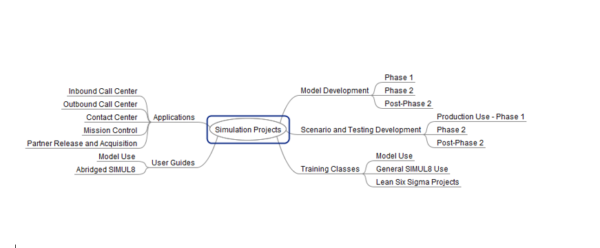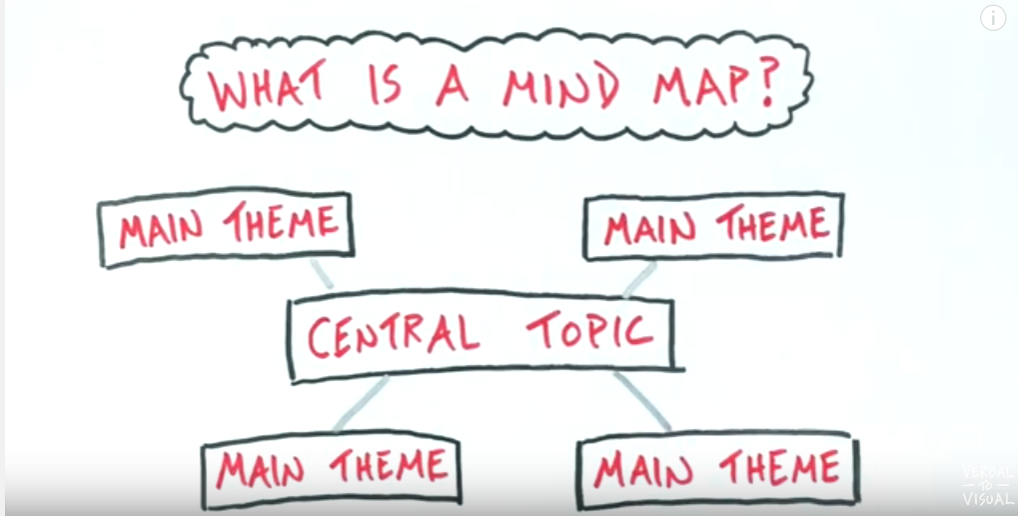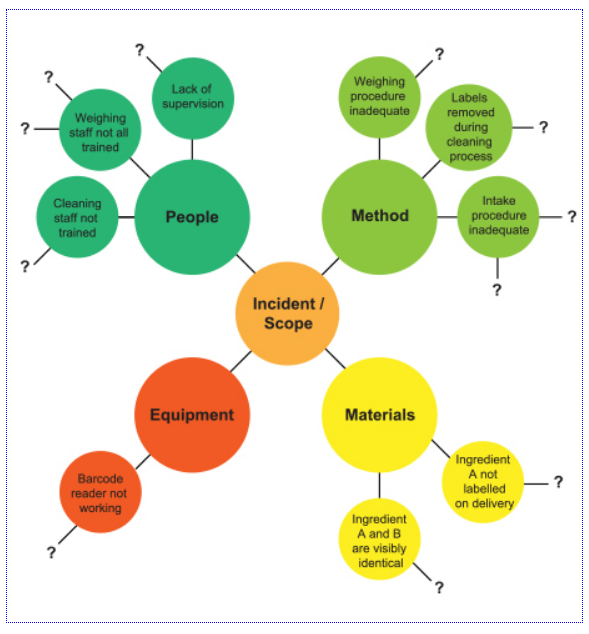In this YouTube video, Doug Neill gives a useful introduction to the construction of mind maps.
A mind map is a graphical way to visualize and organize information. As such it is great for summarizing your Lean Six Sigma project, its core theme, and its elements.
Your central topic or theme is the cornerstone of your map. Linked to it are your main supporting themes. You can add subthemes as needed to flesh out your ideas.
As Doug points out, there are many benefits to constructing mind maps.
Mind Mapping Benefits
- Aligns with how your brain works
- Easy to understand the process for construction
- Allows you to fill the map page organically (no set rule for placement)
- Focuses on relationships and hierarchy of captured ideas
- Flexible process: Add imagery and colors if desired
Once constructed, it can serve as support for your project’s elevator speech. A well-done mind map is useful for explaining your project to upper management.
Here is an example that was used to explain potential simulation projects to upper management in a major corporation.
Mind mapping would also be excellent for describing your root cause analysis using the Five Whys and supporting elements or as another graphical way of presenting your Ishikawa or Cause and Effect Diagram.
Here is a Root Cause Analysis example from Britain’s Food Standards Agency.
While not mentioned in Doug’s video, if you prefer to use mind mapping software, there are a variety of free programs available if you search on “Mind Mapping Software.”
You can view Doug’s presentation here.








Leave A Comment